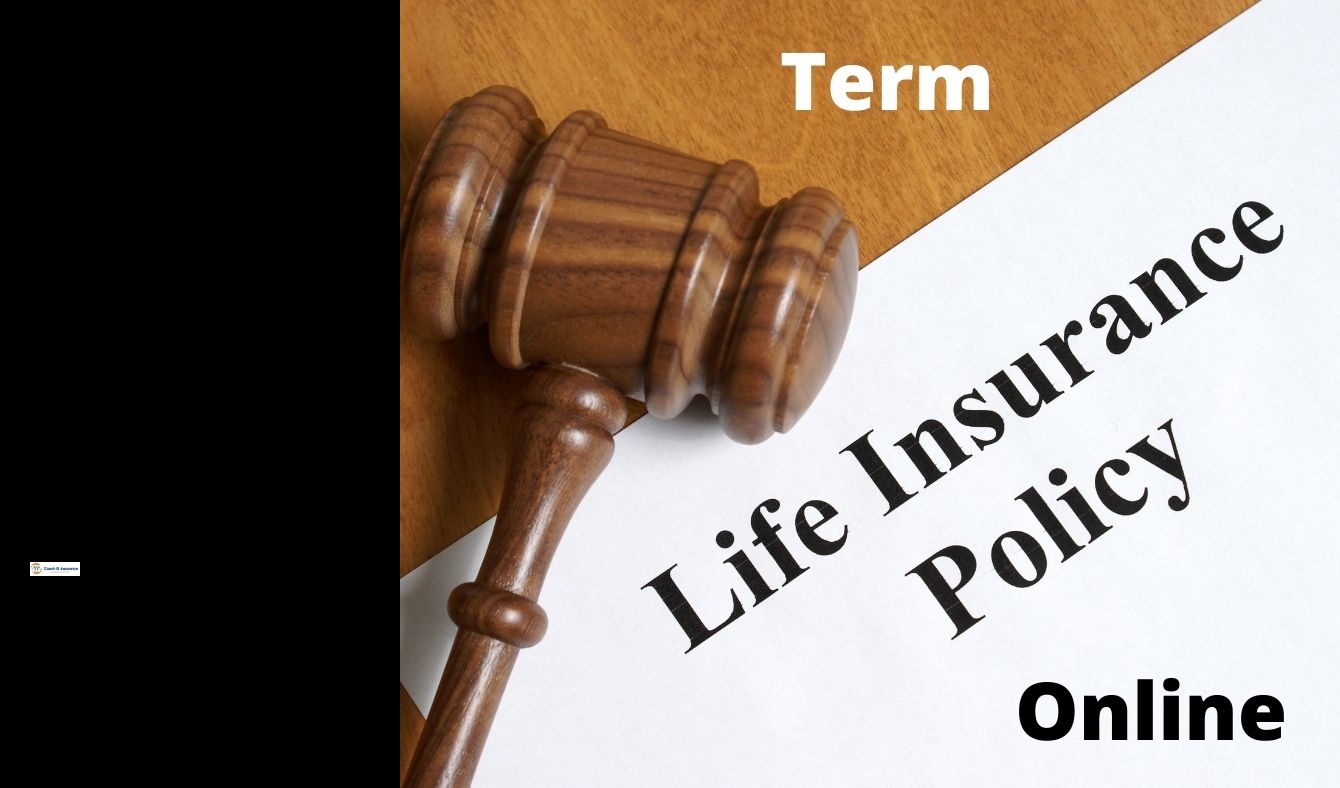what's the difference between term and whole life insurance
There is no medical exam when you apply for guaranteed issue life insurance. Guaranteed issue policies require answers to only a few questions about your health information and medical history.
Life insurance rates are typically more affordable for term life than whole life insurance. This happens because term policies cover you for a set period of time. Your beneficiaries won't get the death benefit if you die before the end of the policy term. This reduces the risk for the insurer. Whole life insurance premiums tend to be higher than whole life because they pay no matter when you pass away. All the best life insurance companies offer term life.



